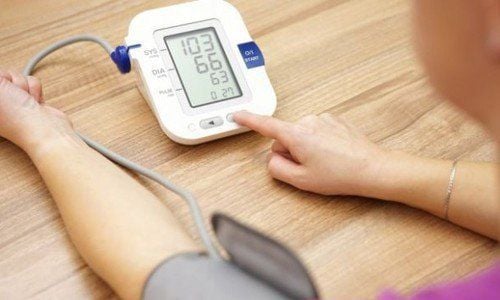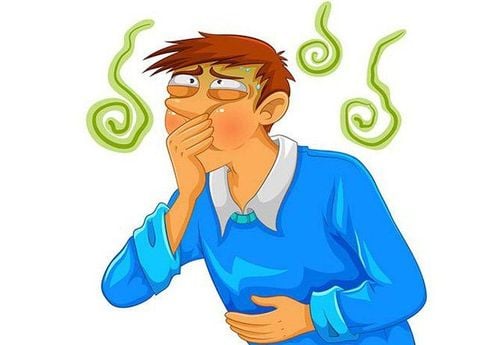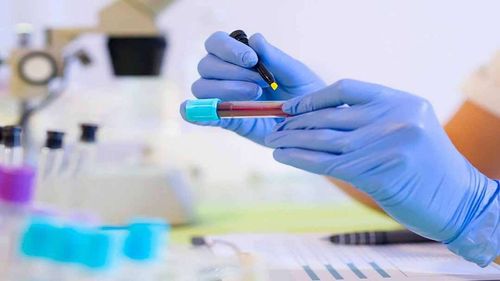This is an automatically translated article.
Food allergy and food intolerance have similar symptoms, causing us to confuse the two. In fact, food allergies can be more serious. Recognizing the signs of food allergies and intolerances will help you avoid many risks.
1. Distinguishing symptoms of food allergy and food intolerance
1.1 Food allergy A food allergy occurs when the immune system mistakes something in food as harmful and has the potential to attack the immune system. The symptoms of a food allergy often come on suddenly, and even a small amount of food can cause an allergic reaction. This can appear immediately or 1 hour to 2 hours after you eat. Food allergies, if not treated early, can be life-threatening.
A person with a food allergy may experience symptoms such as:
Rash, hives or itchy skin Shortness of breath Chest pain Sudden drop in blood pressure, Difficulty swallowing or breathing The patient is at risk of shock anaphylaxis if you have a food allergy. This is a dangerous complication that can be life-threatening.
MORE: What are food allergies and intolerances?

Nếu bị dị ứng thực phẩm có thể làm giảm huyết áp đột ngột
1.2. Food intolerance In contrast to food intolerance, the symptoms will develop gradually. This is a condition when food enters the body, reaches the stomach, but is not digested properly. This happens only when you eat too much food. This disease is not life threatening. Some symptoms of food intolerance are:
Bloating Cramps Heartburn Headache Discomfort Restlessness Patients with food allergies and food intolerances all have common symptoms such as: Nausea and vomiting vomiting; abdominal pain, diarrhea.
MORE: 8 most common types of food allergies

Ợ nóng là tình trạng dung nạp thực phẩm
2. Food allergens and food intolerances
Foods that increase the risk of allergies such as: Peanuts; nuts ; fish; shellfish ; milk; egg; soy bean; wheat;.... The most common case of food intolerance is lactose intolerance. This condition occurs when a person cannot digest the sugar lactose. This type of sugar is found in milk and milk products. In addition, another form of intolerance is sensitive to sulfites or other food additives. In many cases, sulfites can trigger asthma attacks.

Các thực phẩm dễ gây dị ứng
3. Treatment of food allergies and food intolerances
To treat the condition, the doctor will diagnose to confirm whether you have a food allergy or food intolerance. The doctor will ask the patient to provide complete information about the foods eaten and the symptoms encountered. Patients may have to stop eating certain foods to find out which foods are causing the symptoms. Do some allergy testing.
If you have a food allergy, your doctor will ask you to stop eating that food altogether. If you're at risk for anaphylaxis, your doctor will prescribe an epinephrine injection (Adreniclick, Auvi-Q, EpiPen, or Symjepi) that you can inject yourself in an emergency. If you have a food intolerance, you'll need to avoid or cut back on that food in your diet. For cases of lactose intolerance, patients can find lactose-free milk or take a lactase enzyme supplement.
Please dial HOTLINE for more information or register for an appointment HERE. Download MyVinmec app to make appointments faster and to manage your bookings easily.
Reference source: webmd.com













